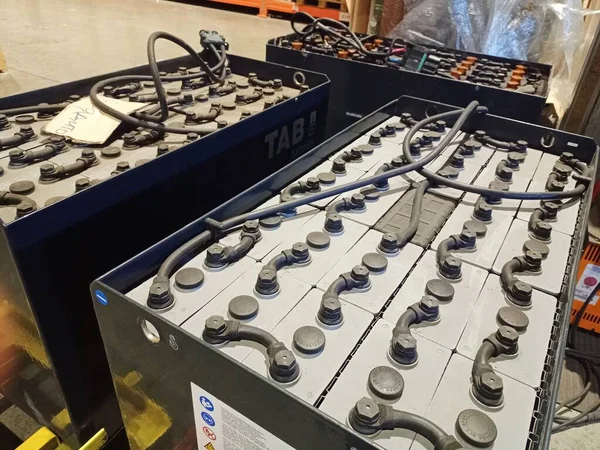If you need to get rid of a deep cycle battery or race car battery, it’s important to make sure that you dispose of them in an environmentally-friendly manner. In fact, the chemicals in batteries can have a highly damaging impact on the environment if they are not disposed of correctly. Also, the chemicals in batteries can be toxic to both humans and animals if they leak into the environment. Luckily, there are ways that you can lessen the impact that these products have on the environment, which can play a role in saving the planet.
Follow the guidelines of your local trash disposal facility
Following all of the guidelines for safe disposal from your local, state, and federal government is the most important part of preventing pollution when you’re getting rid of batteries. Discarded batteries are considered hazardous waste in the United States and many other countries.
Place masking tape, clear tape, or electrical tape on batteries that are 9 volts or larger
If batteries are larger than 9 volts (which applies to marine batteries and race car batteries), make sure that you place tape over the terminals. This will prevent leakage of potentially hazardous chemicals into the environment. It’s also important to take this precaution if you’re getting rid of lithium batteries even if they’re smaller than 9 volts.
Avoid putting batteries out for trash collectors to pick up at the curb
Due to the fact that special procedures need to be followed in order to safely dispose of large batteries, you should take them to your local transfer station rather than simply putting them in your trash can. Garbage collectors will typically put all of the waste that they gather in the same place, which generally is not a proper disposal site for the chemicals that are found in batteries.
You can count on AGM Batteries to follow all environmental regulations
AGM Batteries complies with environmental safety regulations, and all of our products are manufactured in the USA. All of our products are built to comply with applicable EPA regulations, which helps to prevent pollution around the world.

